PHOENIX — The human body isn’t built to function at 118 degrees Fahrenheit. Yet, that’s the life-threatening temperature expected in Arizona this weekend, coming on top of weeks of brutal heat.
Patients have already been coming in to Phoenix emergency rooms with sunburn, organ failure or in a coma from the extreme heat, doctors in the area told NBC News. Some people are arriving with dangerously high body temperatures.
Dr. Aneesh Narang, an emergency medicine physician at Banner-University Medical Center in Phoenix, has had numerous patients arriving with body temperatures as high as 109 F.
“They’re coming in essentially unresponsive and they’re cooked,” he said in an interview.
What makes the intense heat so deadly is that a patient often has disruptions to the cooling mechanisms of the body— such as the brain’s hypothalamus, which regulates temperature — that prevent a person from sweating to cool off.
“You’re kind of cooking from the inside, unfortunately,” Narang said.
A normal body temperature typically ranges from 97 to 99 F. In comparison, a fever from an infection is typically above 100.4 F. Heatstroke occurs when the body temperature is 104 F or higher.
“We are seeing quite a few heat-related illnesses,” said Dr. Amy Axberg, an emergency medicine physician at John C. Lincoln Medical Center in Phoenix. “My patient yesterday had a temperature of 107 Fahrenheit — that’s a heatstroke and that’s an emergency.”
Heatstrokes can cause severe symptoms, including changes in mental status, coma and seizures. A milder form of heat-related illness, known as heat exhaustion, can cause headache, nausea or dizziness.
At internal temperatures that high, the body’s vital organs can start to fail, not only because of the direct effect of the heat, but also because of the inflammation that the body produces in response.
Rapid cooling saves lives. When someone calls 911 for heat illness, emergency medical services can put the patient in an ice bath out in the field, with a special thermometer used to monitor the body temperature in real time.
“We continue to cool them in that ice bath until they reach a temperature of around 100 degrees and then we rapidly get them out of that ice bath,” Axberg said of the ER patient she treated.
Doctors immediately try to bring a patient’s temperature down because if it’s not done in a prompt manner, the effects can be catastrophic.
“If they’re in that state for a long time, your organs fail and there’s no chance for recovery,” Narang said.
He worries that the heat hasn’t peaked yet.
“We’re still early- to mid-July, and July and August are probably our two toughest months in this area,” Narang said. ‘’I anticipate things will get worse, unfortunately.”
More coverage about heat illness
People of all ages, not just the elderly or those with pre-existing conditions, are coming into the ER sick from the heat, he said. Young and active people are more likely to suffer from heat exhaustion, while both the very young and the elderly are in whom he sees heatstrokes.
He often sees young and healthy patients, particularly those from out of the area who may underestimate the dry heat, wind up in the emergency room with headaches, nausea or a fast heartbeat from outdoor activities.
Often, they find it hard to believe it really is the heat that caused their symptoms, he said.
“Regardless of how healthy you are when you’re out in the heat, if you’re not hydrating well, you can run into trouble quickly.”
Medications can block warning signs
Certain prescriptions — such as psychiatric drugs or diuretics for high blood pressure and beta blockers that slow the heart rate — can mask warning signs that your body is in trouble from the heat.
“Psychiatric medications can work on the hypothalamus, which regulates your temperature, so some of those medications can prevent you from sweating,” he said, referring to medications like antidepressants. “It can impair the ability to thermoregulate and so patients can get into trouble that way.”
However, the doctors urged patients to not stop taking their prescribed medications because of the heat.
Right now, the ER doctors say, their emergency rooms aren’t overwhelmed like they were during Covid, although they are worried about the 110 F temperatures projected across the region Saturday and Sunday.
“In general, we’re doing OK but during the heat of the day, it can often become overwhelming with the number of patients that are coming in,” said Dr. Brian Hess, an ER medical director at multiple emergency departments at Abrazo Health in Arizona. “We’re having to accommodate higher volumes of EMS traffic during those high heat periods.”
He is particularly worried about people with substance use disorders or who have housing issues.
“If you have a substance abuse disorder and you are intoxicated, you don’t have the signals to recognize that you’re experiencing a physiologic condition that can be very dangerous,” Hess said.
People with dementia may not be able to recognize the warning signs of heat exhaustion. Heart failure patients who are advised not to drink a lot of fluids should also be more cautious, he said.
Stages of heat exhaustion, heatstroke
At triple digit temperatures, the first symptoms of heat exposure can happen in as little as 15 minutes, Hess said. For more severe heatstroke, symptoms generally take a couple of hours of exposure, depending on risk factors. Once a heatstroke starts, however, body temperatures can rise to 106 F in as little as 10 minutes, according to the Centers for Disease Control and Prevention.
Early symptoms can include:
- Heat cramps or severe muscle spasms as a result of salt and water loss following exertion, most often in the hands, calves and feet.
- Dizziness.
- Nausea.
- Heart palpitations.
- Shortness of breath.
“More severe signs are changes in your mental status,” Axberg said. “You could be getting confused, slurring your speech or just don’t feel like your normal self.”
While it’s best to stay indoors as much as possible, if people go outdoors, hike or play a round of golf, hydrating is a great way to stay ahead of potential trouble.
“I always recommend a glass of water before you drink your cup of coffee in the morning to prevent dehydration from kind of catching you off guard,” Hess said.
One of the misconceptions people have is that if they’re not thirsty, they’re probably not dehydrated.
“That’s not true,” Narang said. “By the time you’re thirsty, you’re well behind the eight ball.”
Fortunately, if a heatstroke is treated early, recovery is likely.
After being found unconscious in the street, Axberg’s patient with the 107 F body temperature is now eating and drinking.
“Yesterday they were not even breathing,” Axberg said. “The treatment for heatstroke is rapid cooling, and if we can do that effectively and efficiently, then patients do very well.”

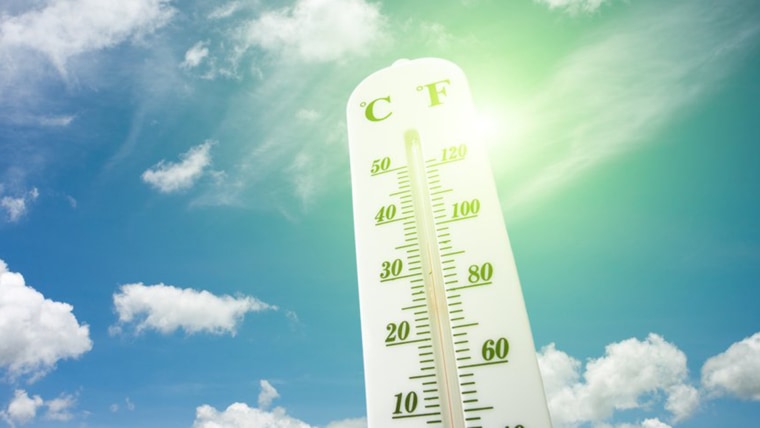


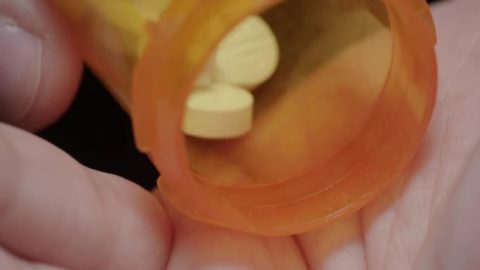

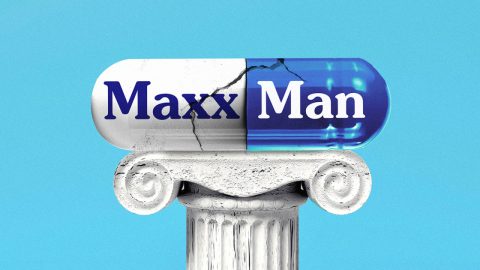

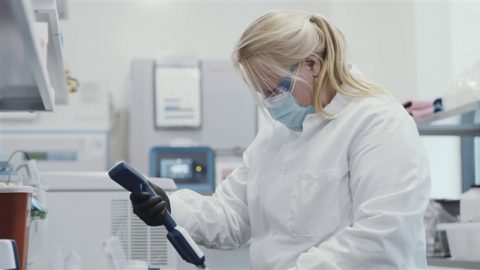
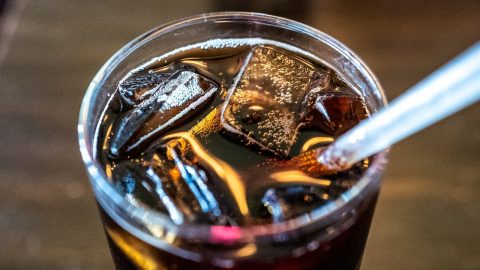
Recent Comments